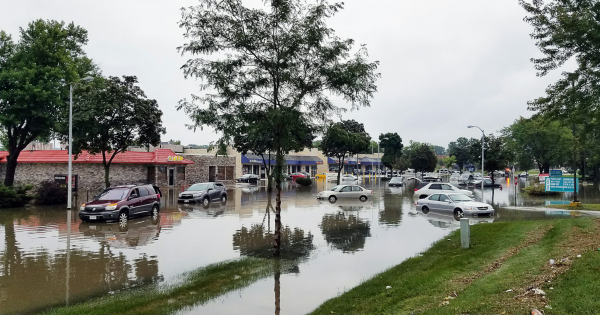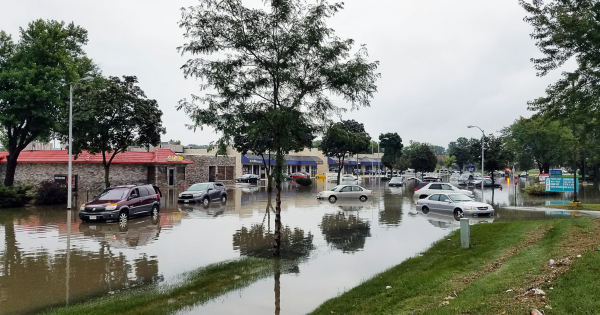Flood Advisory
A Flood Advisory is issued to inform the public about potential flood conditions that are expected to be a nuisance, but not necessarily life-threatening. Understanding what a Flood Advisory means and how to prepare can help you stay safe and protect your property.
See the current LIVE alerts.

Understanding a Flood Advisory
A Flood Advisory is a weather alert issued by meteorological agencies to notify the public about potential minor flooding that could cause inconvenience but is not expected to be a significant threat to life or property. This advisory is generally issued when flooding is not expected to reach warning criteria but might still impact low-lying areas or regions with poor drainage systems.
When is a Flood Advisory Issued?
A Flood Advisory is typically issued during conditions where heavy rainfall, snowmelt, or other factors could lead to minor flooding. This might include urban areas where drainage systems could become overwhelmed, or rural areas where water levels in small streams and creeks might rise. Meteorologists issue these advisories when they anticipate conditions that might cause water to accumulate quickly.
How to Prepare for a Flood Advisory
Preparation for a Flood Advisory involves several precautionary steps to ensure safety and minimize potential damage. Here are some tips to help you prepare:
- Stay Informed: Keep updated with the latest weather forecasts and alerts through local news, weather apps, or a NOAA Weather Radio.
- Secure Outdoor Items: Move outdoor furniture, trash cans, and other objects that might be carried away by floodwaters to higher ground.
- Check Drainage: Ensure that gutters and storm drains are clear of debris to facilitate proper water flow and prevent localized flooding.
- Avoid Flooded Areas: Do not attempt to walk, swim, or drive through flooded areas, as water can be deeper and more dangerous than it appears.
- Prepare for Power Outages: Charge essential electronics and have flashlights and batteries ready in case of power loss.
Conclusion
While a Flood Advisory does not indicate a severe threat, it is essential to remain cautious and take the necessary steps to protect yourself and your property. By understanding the implications of a Flood Advisory and preparing accordingly, you can mitigate the impact of minor flooding events.






